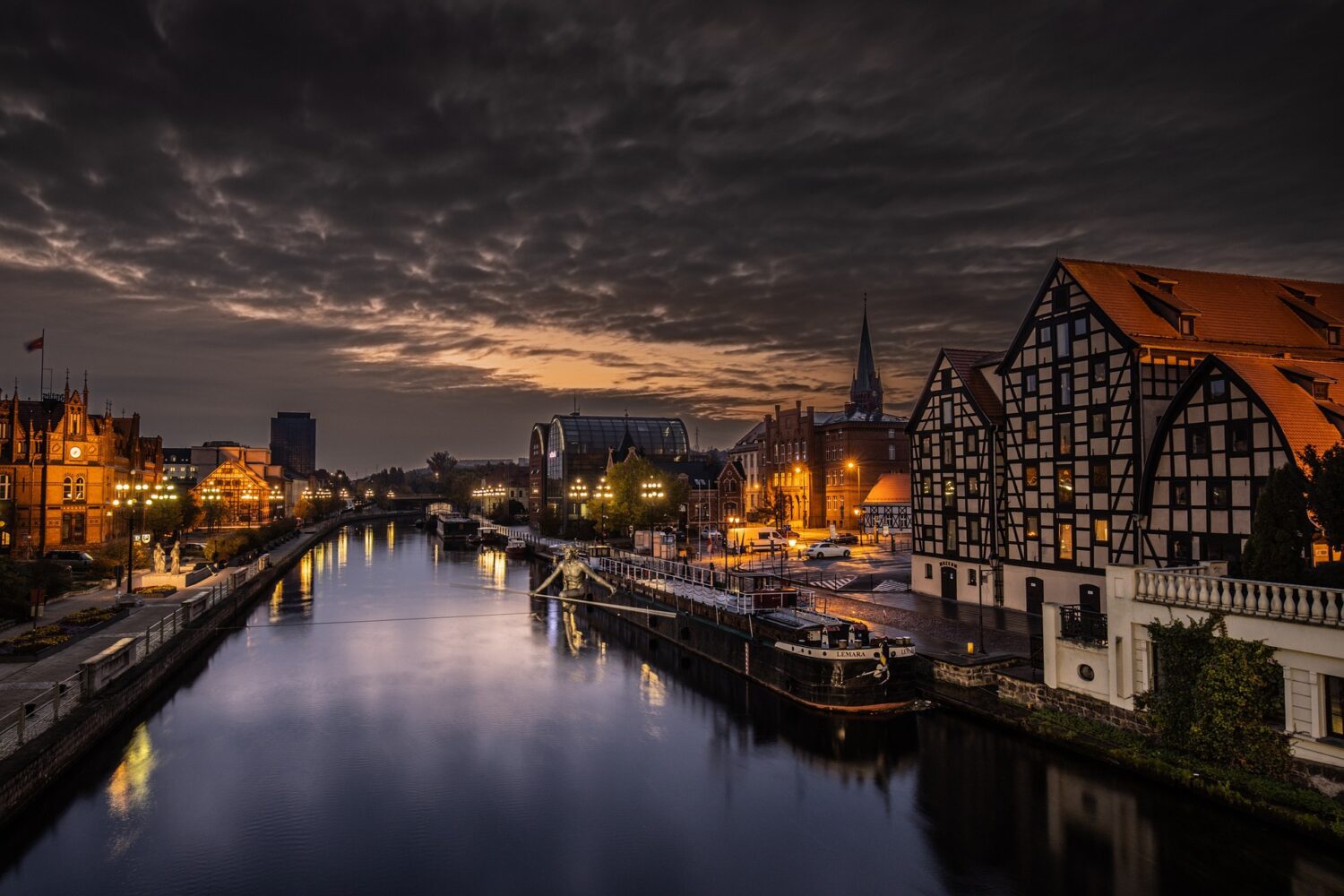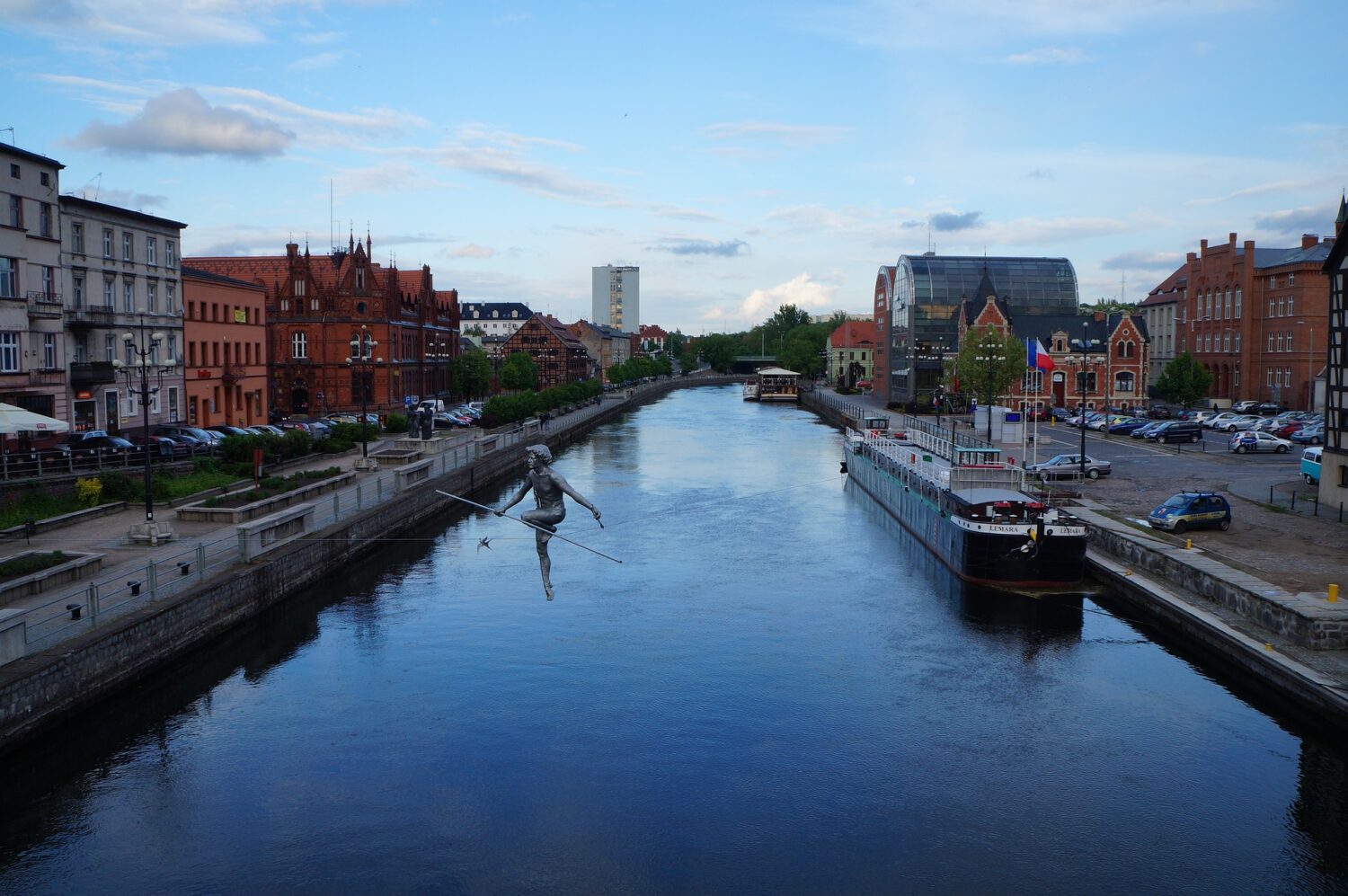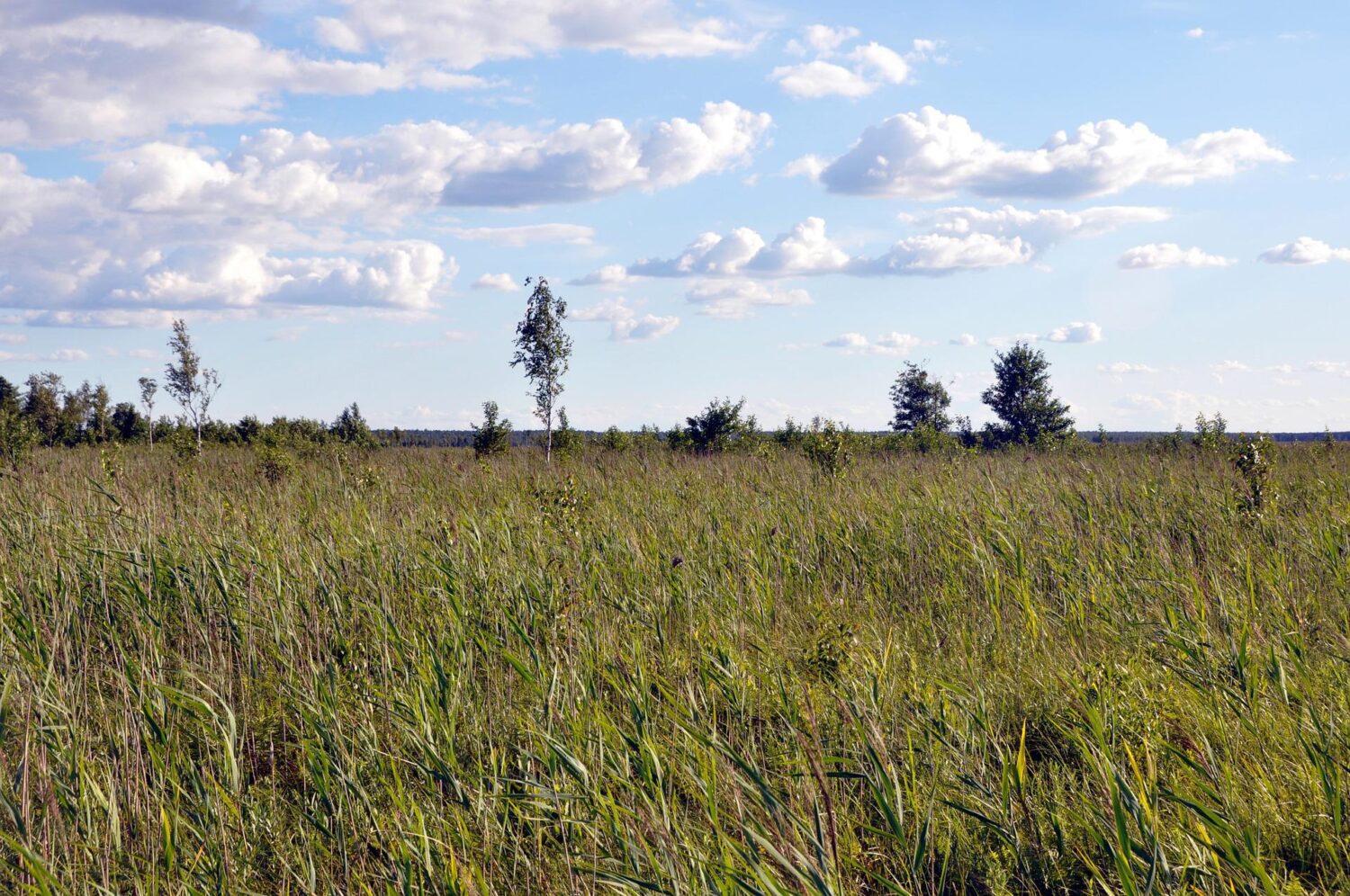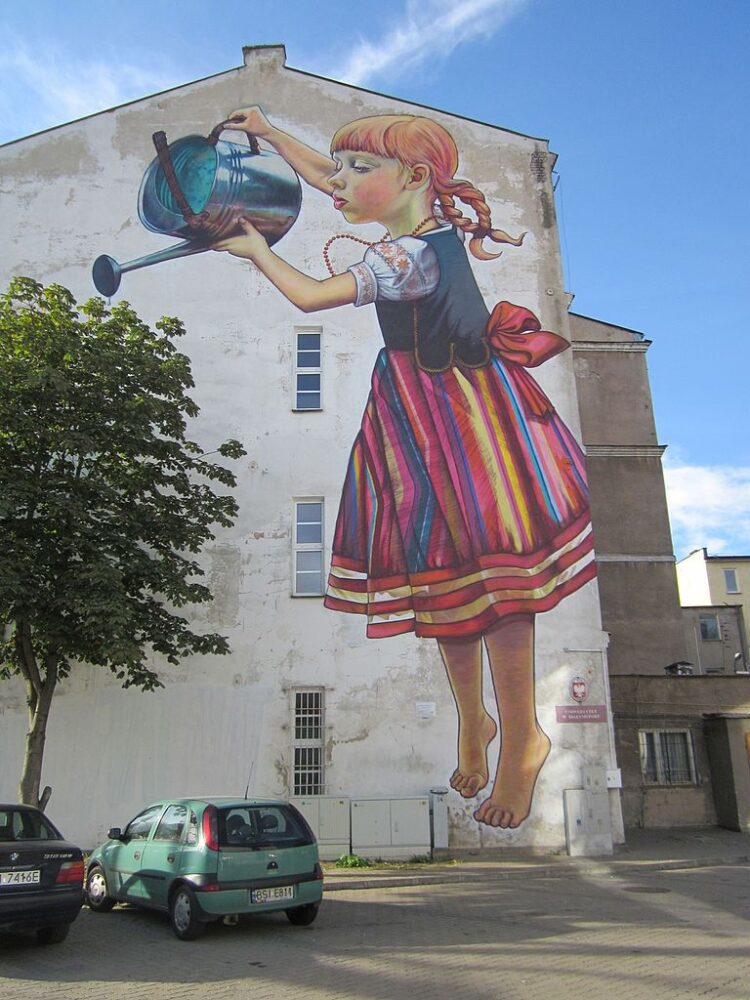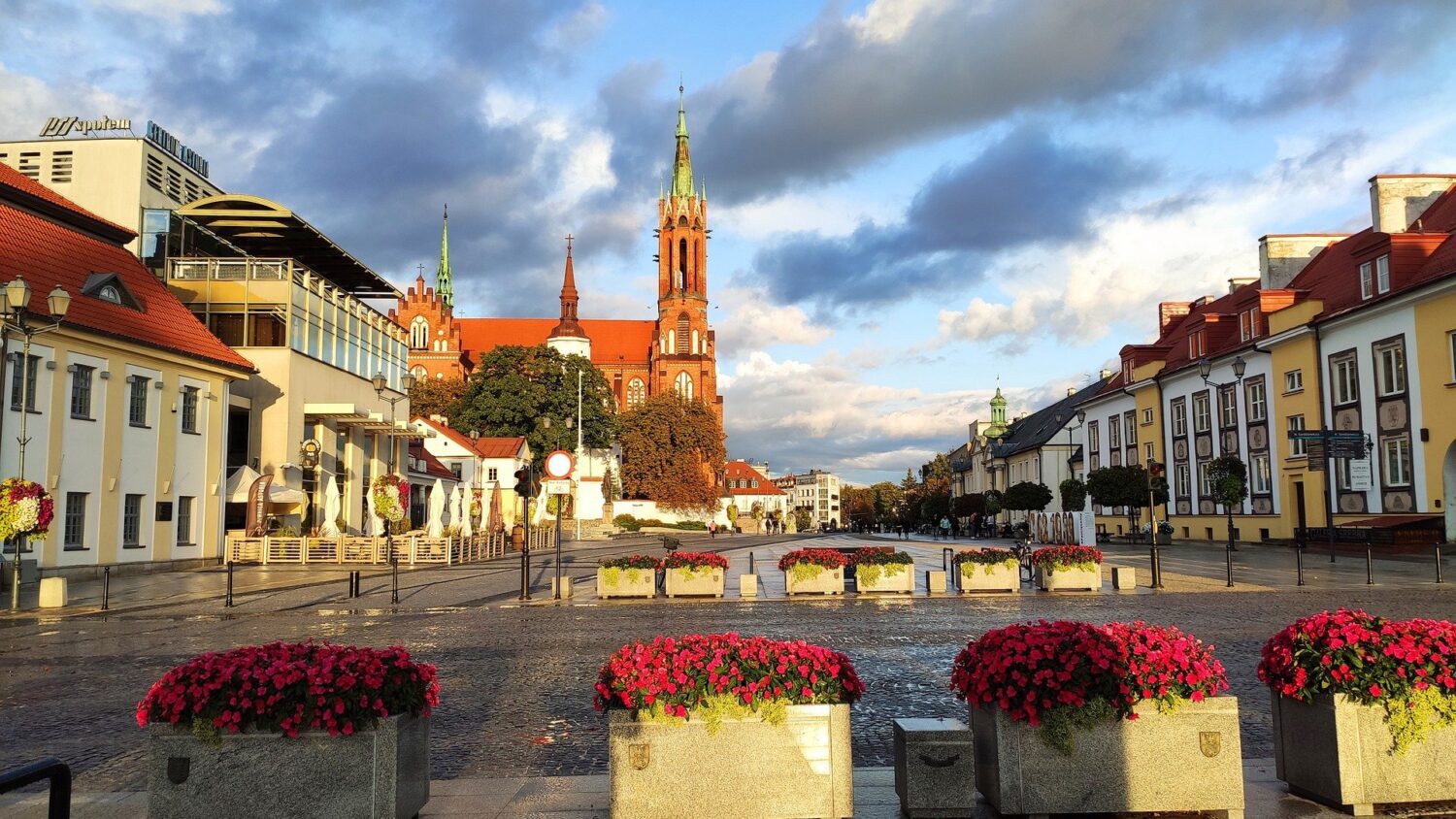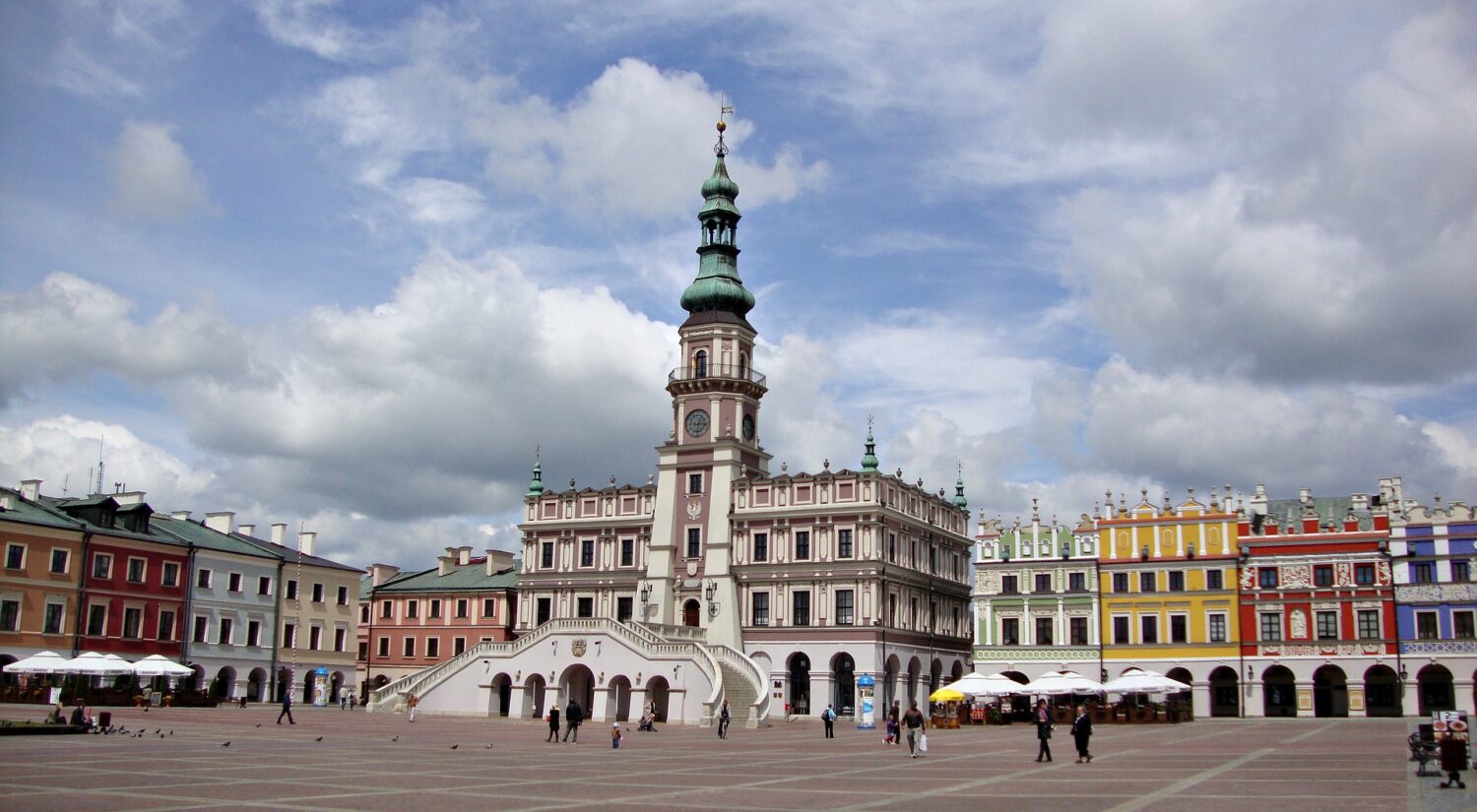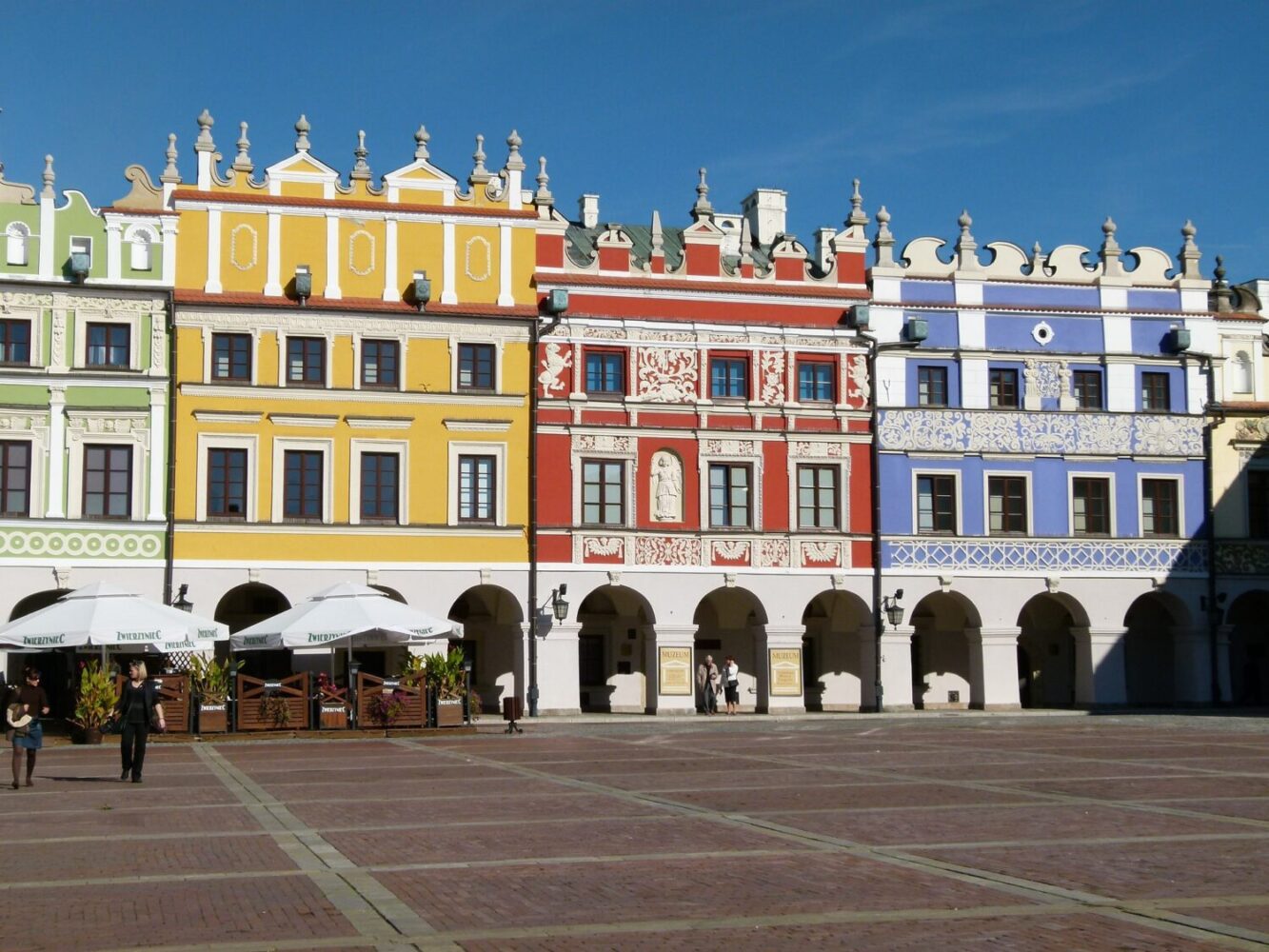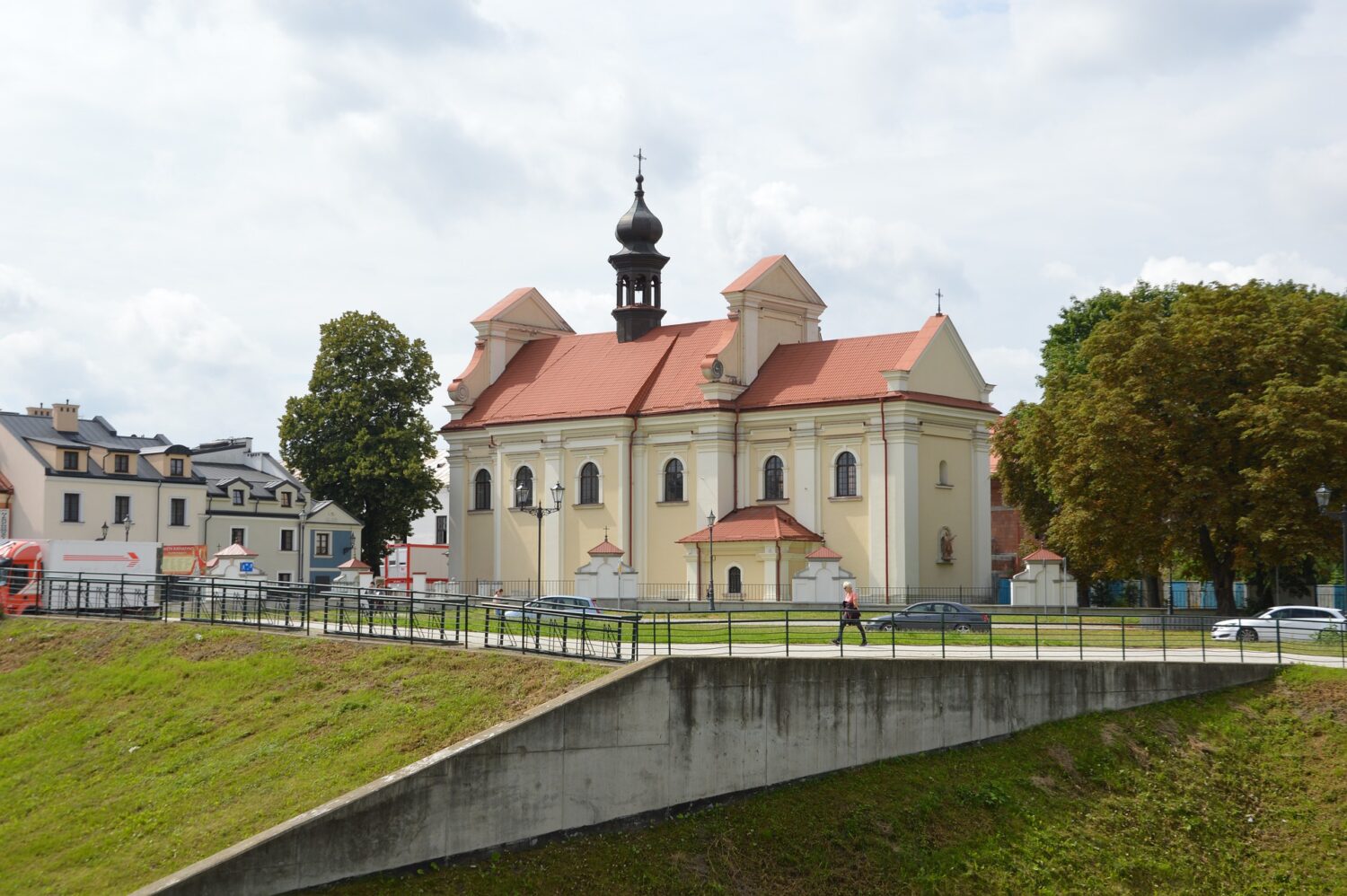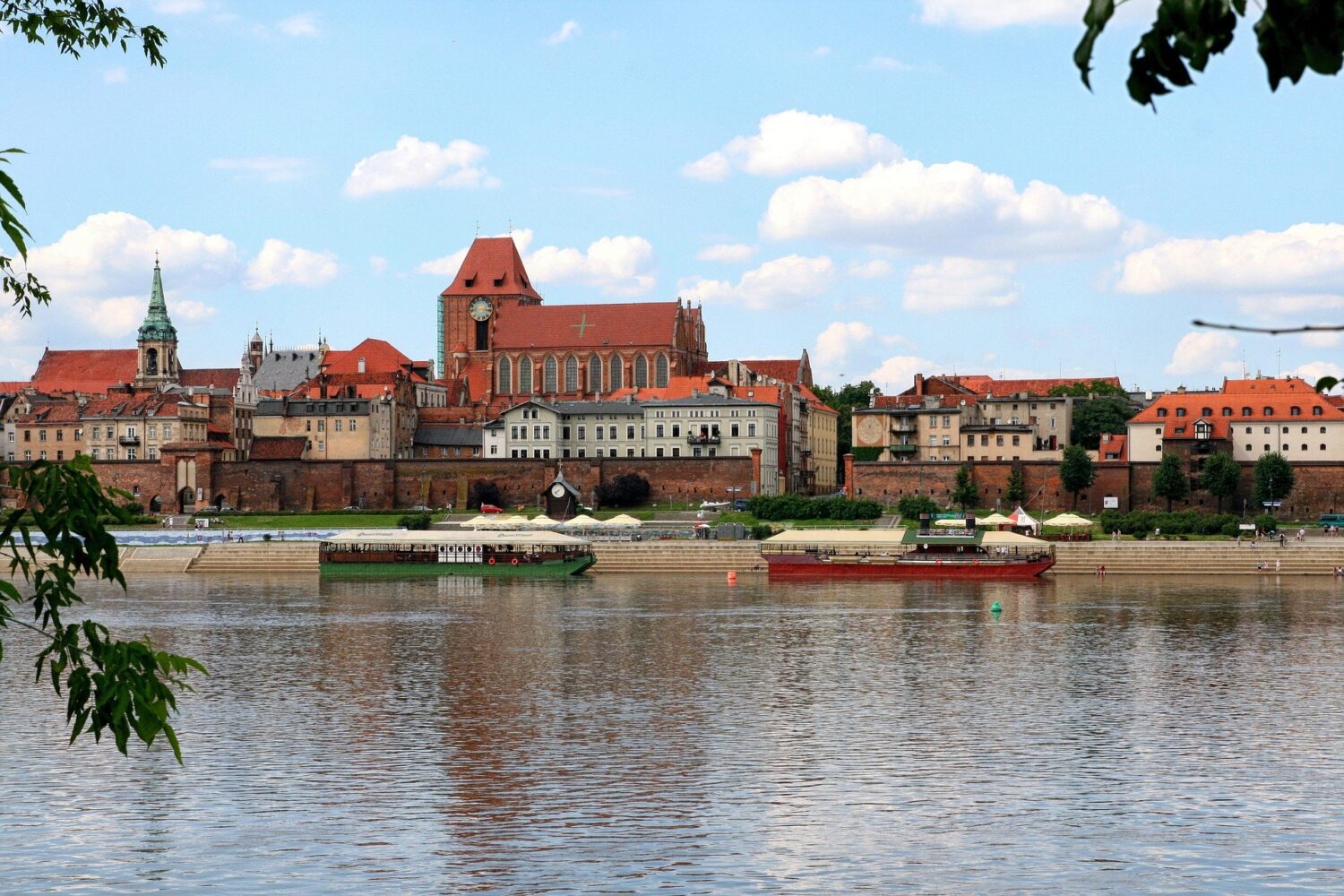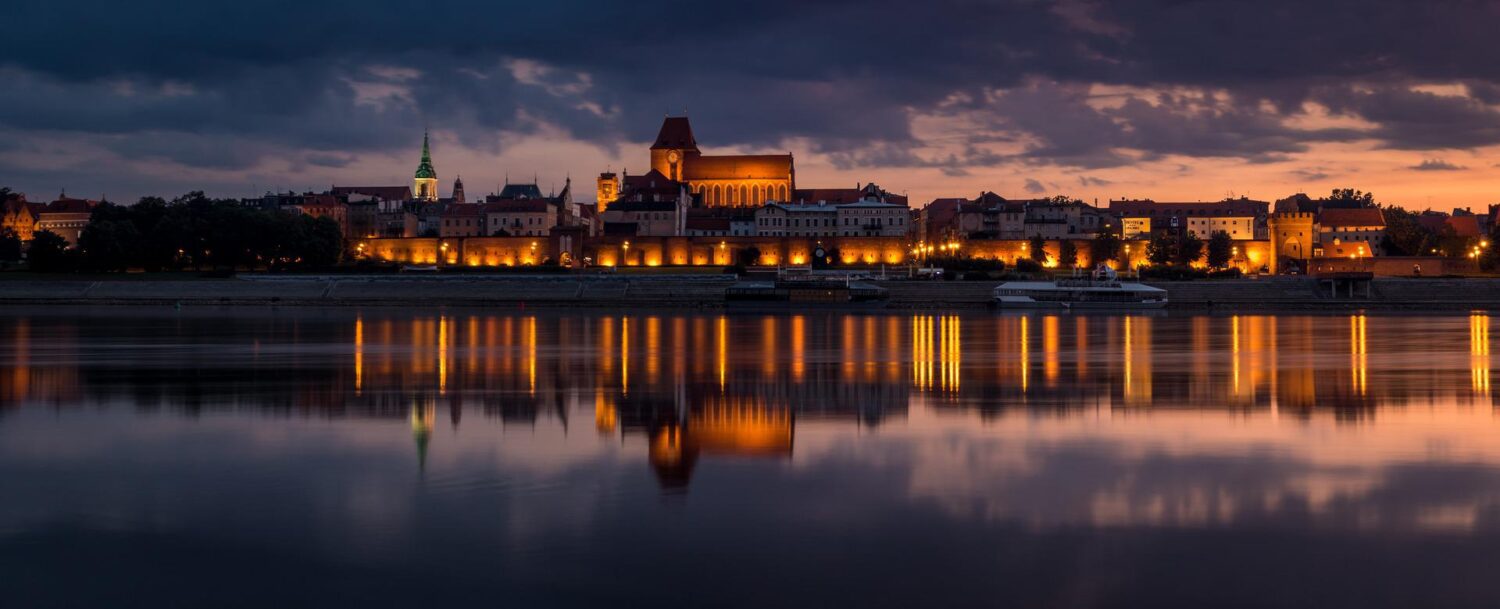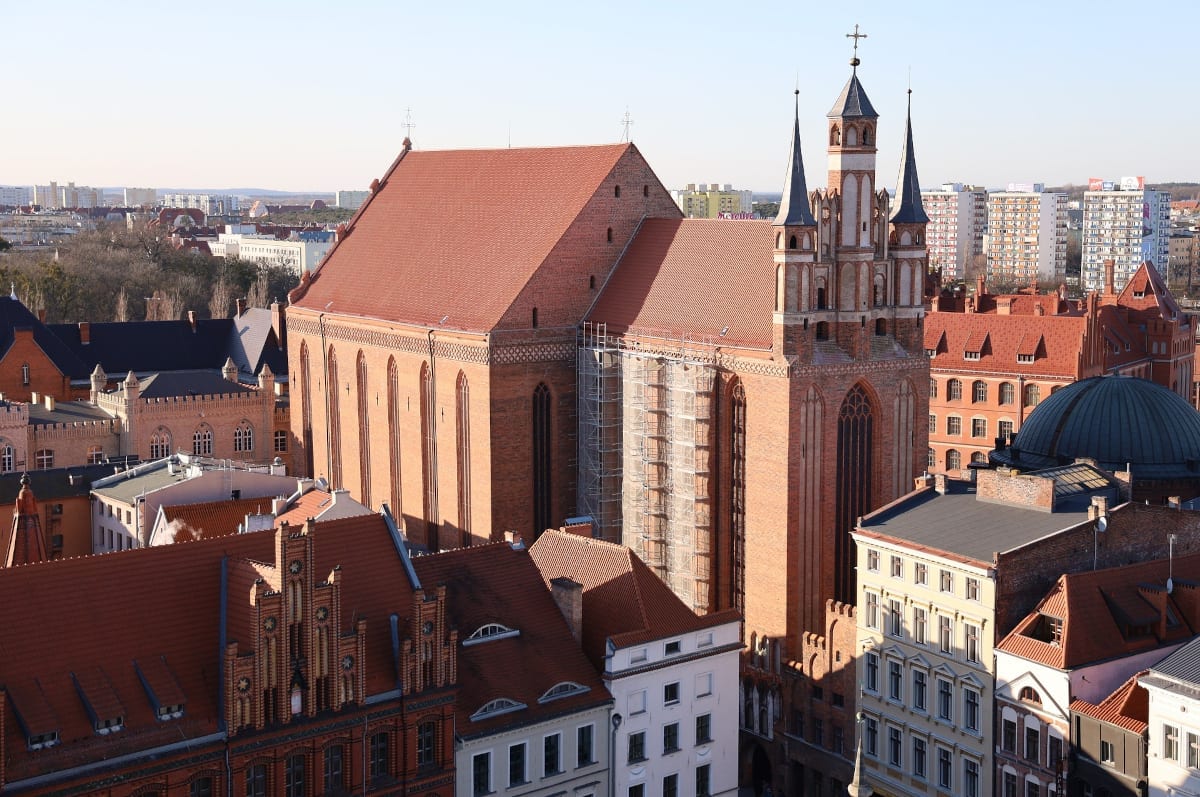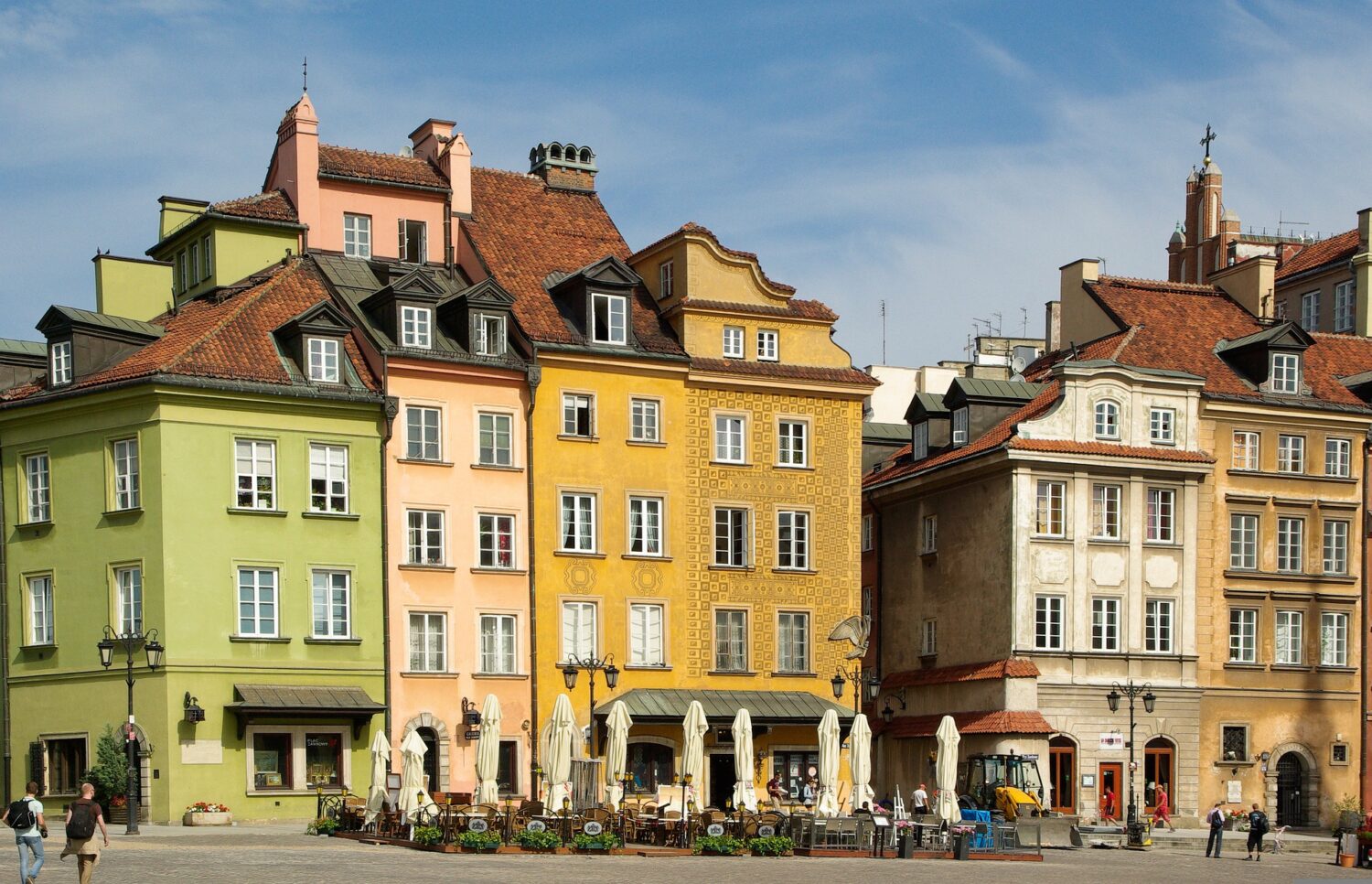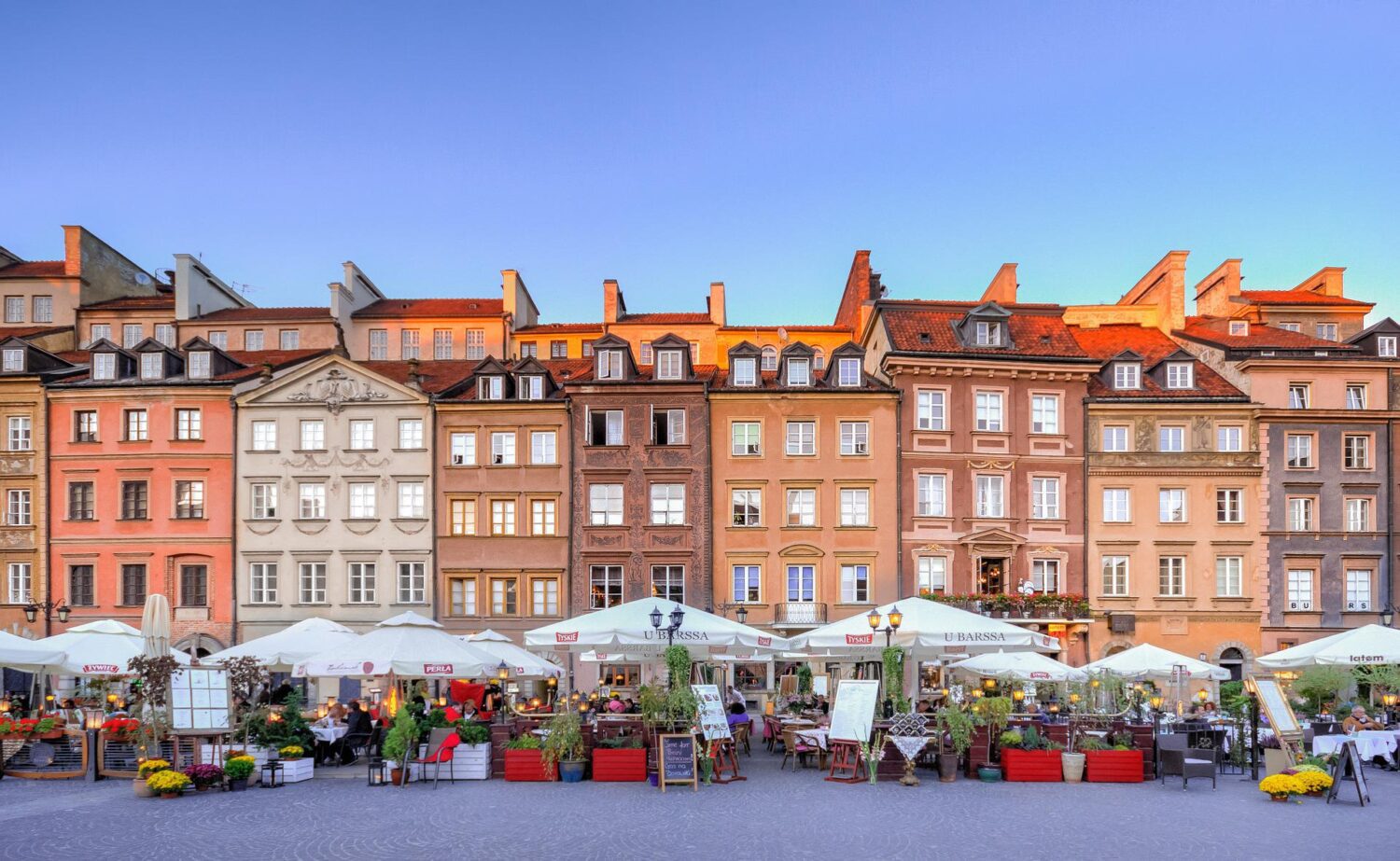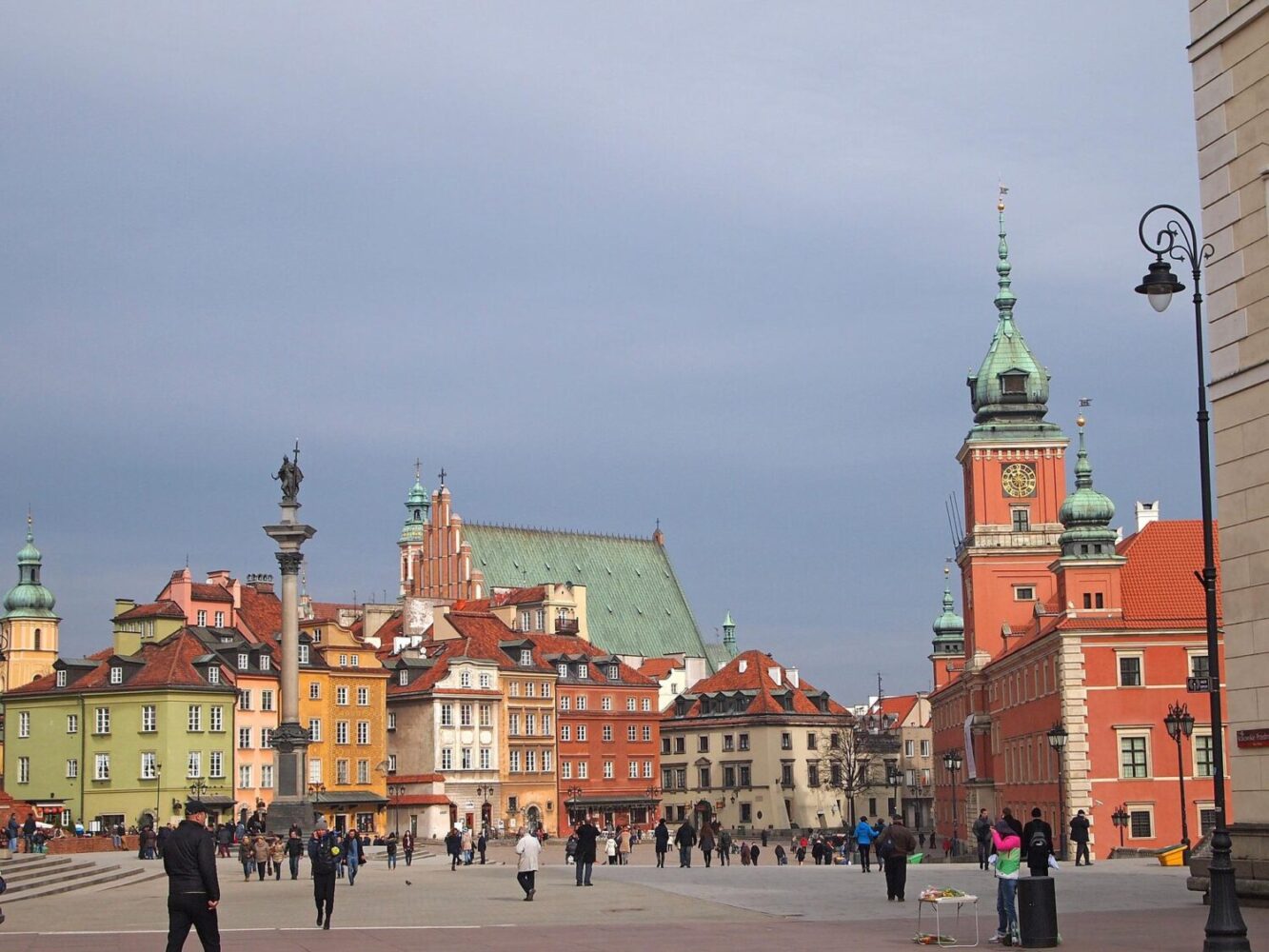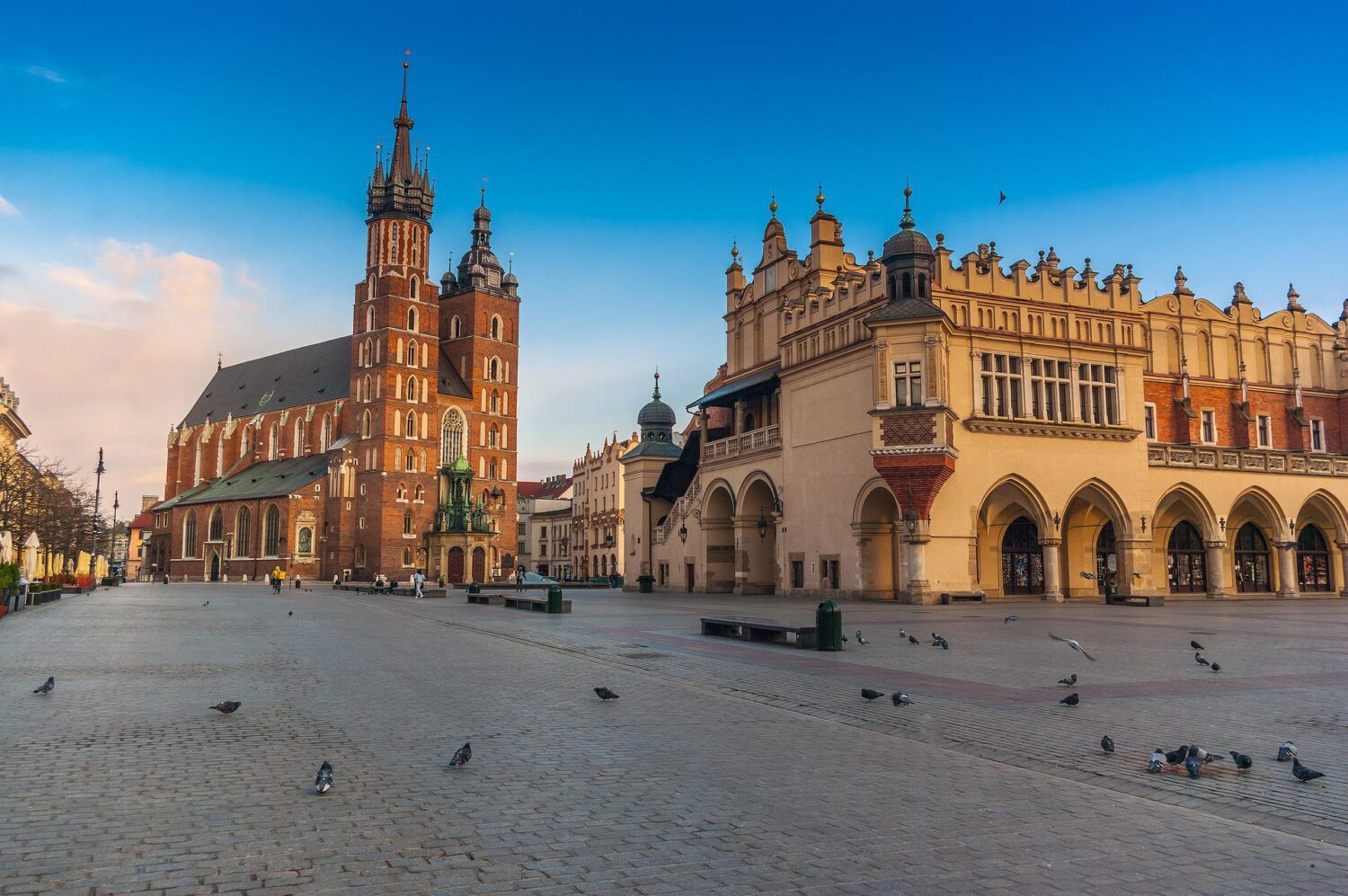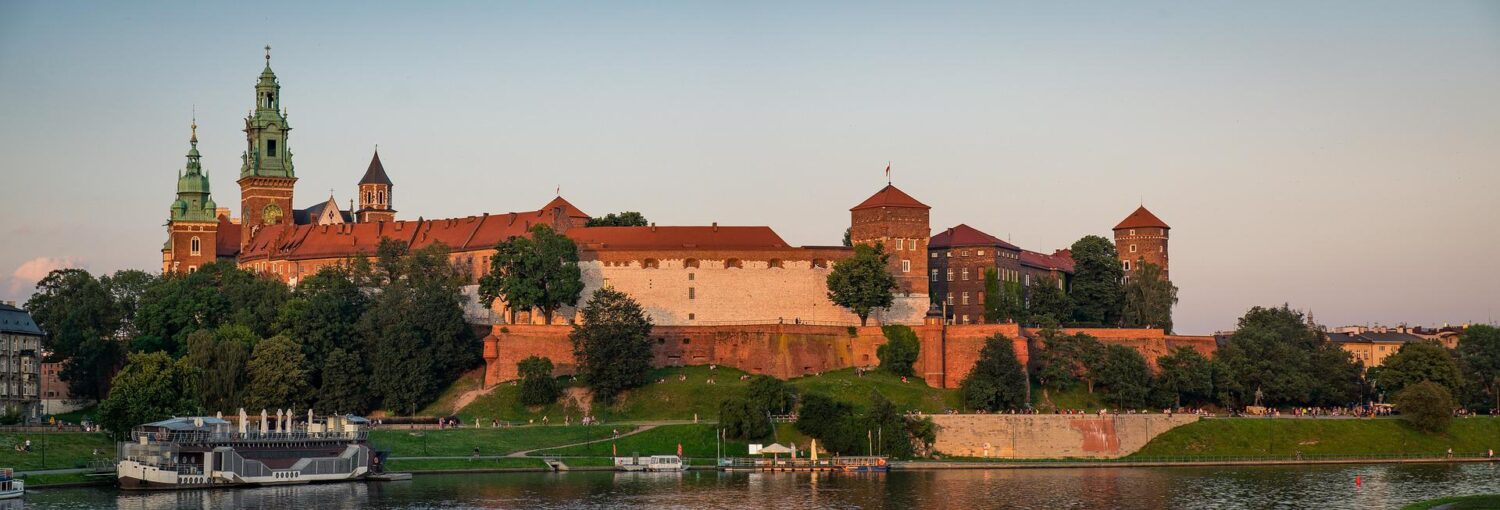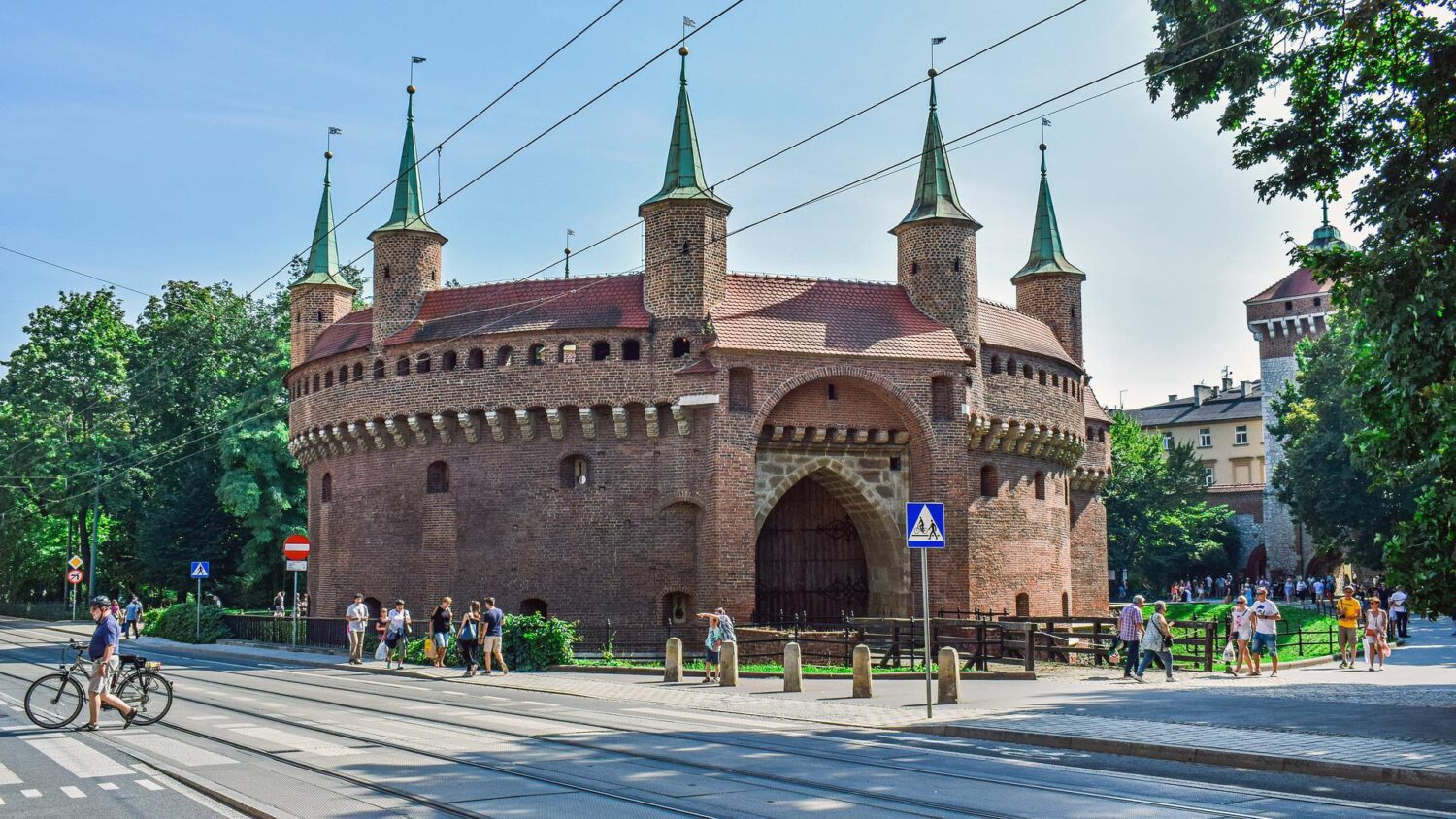Around & About in Bydgoszcz
Around & About in Bydgoszcz
Around & about in Bydgoszcz – Updated 16 January 2023.
In addition to our recommended Top 10 things to do in Bydgoszcz, there are a number of other interesting places to visit in the city and in the surrounding area.
The Legend of the Archer
If you have time on your hands and have already explored our top recommendations, other interesting things to see include; The Legend of the Archer, a statue of a female archer unveiled in 1910 and to this day, nobody knows who the model was. Another interesting sculpture can be found in Nicolaus Copernicus Square. In the streets of Bydgoszcz, you may find dead tree trunks which have been turned into sculptures.
Toruń
The city of Toruń is only 46km away from Bydgoszcz and is definitely worth a day trip, the whole city has been designated as a UNESCO World Heritage Site. Toruń is one of the oldest cities in Poland and has many monuments of architecture dating back to the Middle Ages. The city is famous for having preserved almost intact its medieval spatial layout and many Gothic buildings, all built from brick, including monumental churches, the Town Hall and many burgher houses.
Toruń was left mercifully untouched by World War II and a walk through the city today provides a complete picture of life back during medieval times. You’ll find Gothic parish churches in both the Old Town and the New Town in addition to medieval brick townhouses complete with Gothic façades, partition walls, stucco-decorated ceilings, vaulted cellars, and painted decoration.
Exploseum
The Exploseum is an open-air museum of industrial architecture combined with a museum of 20th century technology outskirts of the city, in Bydgoszcz Industrial Park. It is built around the World War II Nazi Germany munitions factory DAG Fabrik Bromberg and covers the life of the forced laborers (prisoners of war and concentration camp inmates of various nations), their acts of sabotage and the history of the DAG and of Alfred Nobel, the inventor of dynamite. A significant part of the 2 kilometre-long museum route are underground passages connecting the factory buildings. DAG Fabrik Bromberg was an explosives factory manufacturing smokeless powder, TNT and nitro-glycerine for the Wehrmacht.
Biskupin
Biskupin is an archaeological site located in the Kujawy region of Poland, near the village of Gąsawa. It is an open-air museum that reconstructs the life of an ancient fortified settlement of the Lusatian culture, which existed between the 8th and the 2nd century BCE. The settlement was discovered in 1933 and is believed to have been occupied by a tribe of the Lusatian culture, which was a Bronze Age culture that existed in the present-day Poland, Czech Republic and Germany.
Traditional techniques and materials
The reconstructed settlement features houses, fortifications, and other structures that were built using traditional techniques and materials, providing visitors with a glimpse of how life was for the people who lived there. The settlement also features a museum that contains artifacts discovered at the site, including pottery, jewelry, and tools.
Biskupin is one of the most popular archaeological sites in Poland and attracts many visitors each year, including history buffs, families, and school groups.
It is open all year round and offers guided tours, workshops, and other activities to visitors. The site has also a replica of a reconstructed boat that was used in the ancient times and is a popular attraction among visitors.
